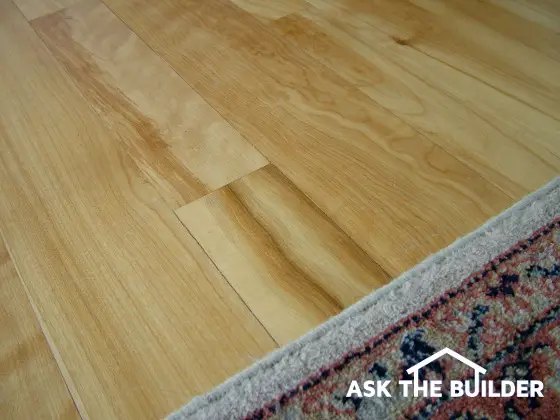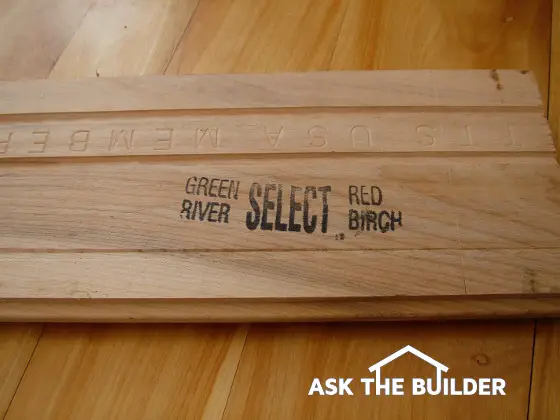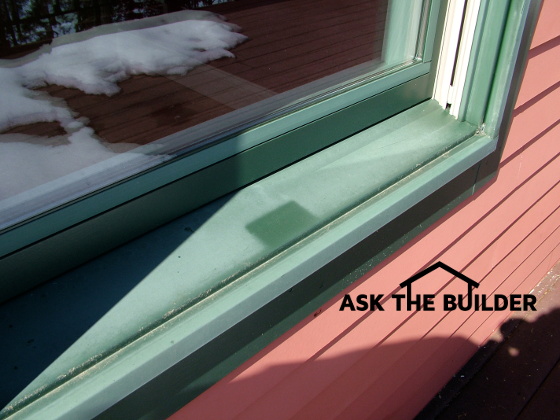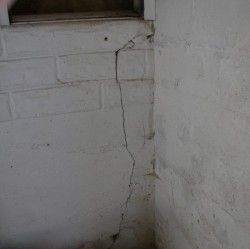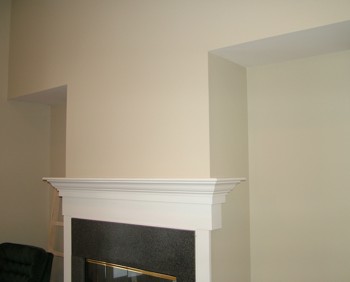A wall cabinet is perhaps the second most-needed cabinet in a house. I say this as virtually every kitchen has a countertop, and base cabinets are the most-common support used for this heavily used flat surface. You’ll almost always see wall cabinets in a kitchen, but it’s possible to survive without them as open shelves can be used.
What you may find amazing is the popularity of bathroom wall cabinets. Many people forget that a bathroom wall cabinet will fit nicely over a toilet. You can place a cabinet that’s 24-inches wide by 42-inches tall if you want over a toilet. All sorts of bulky bathroom items can be placed in this bath wall cabinet, instead of trying to stuff it in the tiny vanity base cabinet or a medicine cabinet that’s got a mirror.
A wall-mount cabinet is almost always attached to a wall using 3-inch-long screws that penetrate a wood rail at the top and bottom of the cabinet. It’s very important that these screws go into a wall stud. The weight of a wall cabinet that contains ceramic plates or glasses can be in the hundreds of pounds. Years ago, the sides of a wall mounted cabinet in our kitchen started to pull away from the rail that was screwed into the wall. It was a 42-inch-wide wall cabinet filled with plates, cups and bowls that simply couldn’t handle all the weight.
Another overlooked location you can use reclaimed wall cabinets is in your garage, basement workshop or in a shed. I have at least one wall storage cabinet in each of these locations at my home. Many of the cabinets were salvaged from my own jobs or are my own hand-me-downs as I’ve remodeled and removed cabinets from my own home.
My Aunt Juanita had a gorgeous curio wall cabinet in her house. I’ll never forget the stunning cut-glass figurines she had in that cabinet. I’ve seen similar cabinets like these at antique stores that have a line of furniture. If you hunt around, you’ll possibly score a great curio cabinet that has style, class and undoubtedly some stories to tell.
Cabinets can be any color, and even stained wood. But don’t discount a white wall cabinet. One of the last major kitchen remodeling jobs I did contained these gleaming white cabinets. They had a glossy finish that made them shine as if a buffer had just stopped spinning. In my own kitchen here in New Hampshire, I have white wall and base cabinets. When the walls are painted a different color or are wallpapered, the white cabinets really stand out.
A glass wall cabinet is rarely found in a residential home unless the home is one that features modern architecture and interior design. You’ll typically discover these glass cabinets in commercial stores as they work well to display items and keep them safe. If you install a glass wall cabine,t or even a cabinet with glass doors, you’ll quickly discover that you need to really have things nice and neat inside the cabinet as they’re always seen. Accent lighting in these cabinets really allows you to show off the contents in the cabinet.
Perhaps the most common cabinet you’ll find is a wood wall cabinet. Wood is easy to work with and it’s a sustainable commodity. I have a metal wall cabinet, that was made in the 1950’s, in a hallway at my old home. The quality of this metal cabinet is stunning. You can’t say that about all wood cabinets, as many cheaper ones are built to minimum standards. Let price be your barometer when you are looking for quality. Well-made cabinets will cost more money.
A corner wall cabinet is a mainstay in most kitchens. The most common ones come with a diagonal door and a lazy Susan inside that allows you to access the contents of the cabinet. There are other corner cabinets that have very sophisticated pull out shelves that also rotate giving you access to the deep inside corner that would be otherwise hard to reach. To really get a good idea of all the clever corner cabinet possibilities, visit several cabinet showrooms at businesses that specialize in cabinets. You’ll not see all the options at a typical home center.
If you want a free garage wall cabinet, all you have to do is contact a local remodeling company. If you tell them you’ll take cabinets off their hands, they’ll often give them to you the next time they do a kitchen remodeling job. You may have to wait, so build relationships with several remodeling companies and see if they will help you out.
Column Q&A
